Introduction
To determine the area of composite figures, you apply area formulas for certain familiar polygons and circles.
Area formulas with which you may be familiar with include the following:
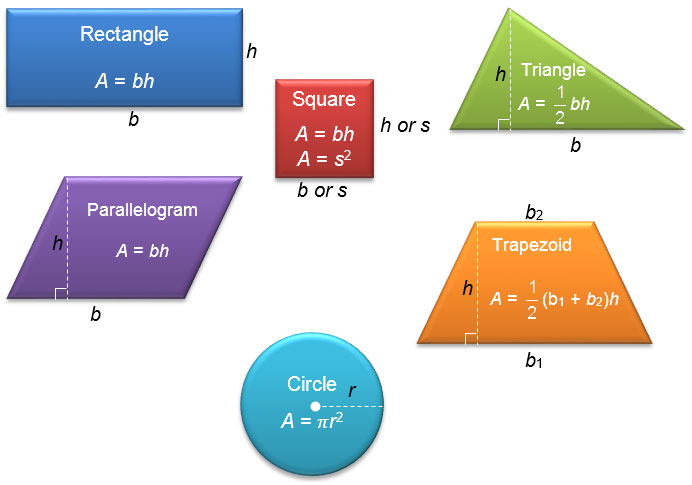
In this lesson, you will apply the strategies for determining the area of composite figures to solve real-world problems. In doing so, you will use a problem-solving model. You will also use estimation in order to determine the reasonableness of the solutions.
Applying a Problem Solving Process to Area
In previous lessons or grades, you may have encountered a four-step problem solving process.
Read more about each step by clicking on the "hotspots" in the image below.
In this section, you will step through the problem-solving process to solve a problem involving the area of a composite figure. Then, you will practice using the problem-solving process on your own.
Problem
Six circles are used to create an art deco design. The diameter of each circle is 8.5 centimeters, and they are arranged so that they fit exactly inside one rectangle, as shown in the figure below.
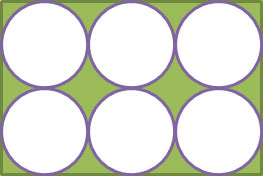
What is the approximate area of the green, or shaded region, in the art deco design?
To solve this problem, use the four-step problem-solving model. Click on the question to check your answer.
Step 1. Read, understand, and interpret the problem.
Step 2. Make a plan.
Step 3. Implement your plan.
Step 4. Evaluate your answer.
Pause and Reflect
Using Estimation with Area
In the last section, you used a problem-solving process to find the composite area. Another helpful strategy for solving problems involving composite area is estimation.
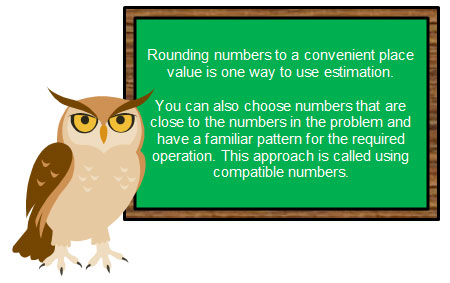
Using Rounding to Estimate Solutions
Franklin is a contractor who has been asked to replace the floor in a room that is shaped like the one shown below.
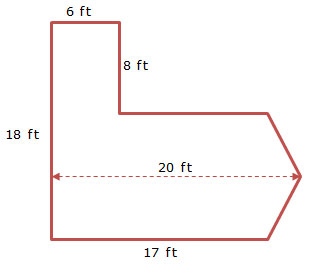
Franklin knows that the flooring he will use costs $5.95, which includes all materials, per square foot to install. What is the estimated cost of replacing the floor?
Rounding can be an effective way to check if your answer to a problem with messy numbers is reasonable. Be careful not to round too much. You want to round to the nearest number so that you can accurately check your work.
Using Compatible Numbers to Estimate Solutions
A pasture is in the shape shown in the figure below.
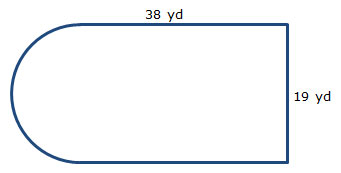
Each ostrich that is being kept in the pasture requires about 18 square yards of pasture. About how many ostriches can be kept in the pasture?
Pause and Reflect
Summary
In this lesson, you learned how to apply a problem-solving process and estimation strategies to find the area of composite figures.
Remember that the area of composite figures can be determined using either addition or subtraction.
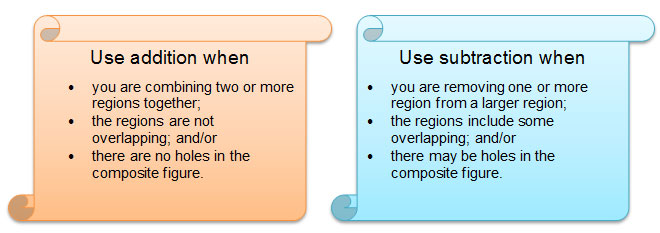
The four-step problem-solving process helps you structure your thinking so that you can better solve problems that, at first glance, may seem to be very difficult.
